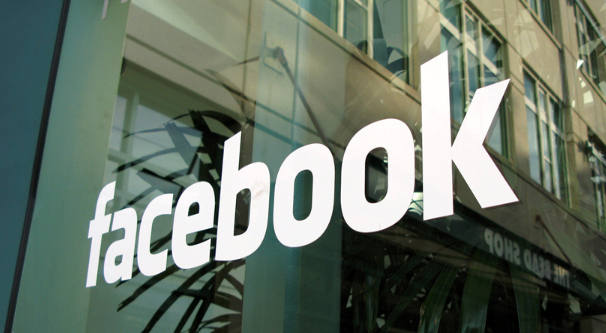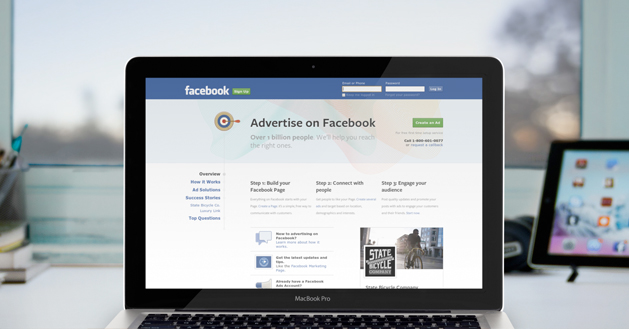3 Ways to Increase the Organic Reach of your Facebook Page ?
Organic
reach, on Facebook, is the contact your posts have when they’re posted. In case
you didn’t know, Facebook’s algorithm is constantly measuring the relative meeting
between your brand and each single user. If they visit your page, click your
posts, like them, share them or comment on them, it increases their meeting
ranking by some amount. If they stay away from your posts, hide them or
otherwise overlook your brand, their meeting rank decreases over time.
The reason
organic reach is important is because it’s a dimension of how high, on average,
the meeting of your users happens to be. This is distinct from the meeting on promoted
posts, which is artificially inflated and costs you money to pass. Sure, you
could increase your engagement across the board by helping every post, but
that’s going to rack up important costs over time.
1.
Understand the Algorithm
The first
thing you need to do is learn what Facebook considers an meeting factor, what
drives users away and how you can affect your relative meeting. The umbrella
term for all of this is the News Feed Algorithm, formerly known as EdgeRank.
EdgeRank, as many still call it,
is a constant calculation made between any two users. Interrelating more with
someone will cause their posts to show up on your feed more often. Overlooking
them for a long time will tell Facebook that you don’t care what they post, and
will lower their post reflectivity on your feed. It’s all specific on a
per-user basis; there’s no one EdgeRank for your Page. Essentially, you need to
know what goes into the calculation and how you can affect it. Here are the
basics:
Freshness of
interaction.
Essentially, the more recently a customer has networked with your page in some
way – even if that’s just clicking on your page and seeing your feed – the more
likely your posts will show up on their feeds. How can you move this? Post more
often! More frequent posts, of varying types and with varying content, gives
users more odds to click and engage with your page.
Type of post
content. This is a
little one that’s often ignored. Facebook has started demoting the value of meeting
for meeting’s sake. In other words, if you post a picture and ask your users to
like it for no reason, those likes are going to be less valued in the algorithm
than likes on a posted picture where you didn’t ask for likes. How can you
affect this? Don’t beg for likes and bonds. Yes, common advice says to just ask
for it, but it’s increasingly less effective to do so. Instead, be clever about
asking for meeting. Ask questions, post riddles or post images that are beautiful
enough to like on their own merits.
Type of
interaction. There are
only a handful of actions a user can take that moves their EdgeRank. They can
click links in your posts. They can share your posts. They can remark on your
posts. They can like your posts. They can follow your page as a whole, if they
haven’t already. Beyond that, nothing has a major result. How can you affect
this? Post a variety of content that attracts each type of meeting. If you
never posts links, you’ll never receive link click meeting. Post links that
attract users to click through, post images users like to share, post questions
users will remark on; it all adds up.
2. Make Use
of Facebook Insights
Facebook
Insights is the Facebook equivalent of Google Analytics, planned to record the
actions and demographics of the people who network with your business page.
This is an incredibly dear little dashboard, if you know what’s important.
Demographics. You can see the genders, ages and
locations of the users winning with your page. More importantly, you can see
the engagement statistics for those demographics. Curious how often women
between the ages of 17 and 25 share your posts? It’s right there, in the
Insights panel.
Engagement
statistics per post. You can see, on a
post-level basis, three numbers. One is the reach; how many people, in total,
saw your post. One is clicks; how many people clicked the link in the content.
The third is meeting; how many likes, shares and comments that post usual. All
of these are valuable to know.
Engagement
breakdown by time. andYou
can see, in perfectly constructed graphs, what times of day and what days of
the week are best for posting new content. When are your users most active and
most affianced?
All of this
information is valuable on its own, but it truly shines when you put it
together. Learn what types of people are most affianced with your brand, and
what audience groups need a little love to polish. Learn what types of content
gain the most exposure, of what kind.
3. Draw Connections and Optimize Content
This is
where you take your knowledge of EdgeRank and your insight into your community
and combine them to increase your meeting as much as possible.
Expand your
audience. To do this, expression at your demographics to find the audience
groups that aren’t dominant, and determine what sort of content they like the
best. Post more of that content to attract them.
Involve your
existing audience. You don’t want to negligence your dominant audience groups.
Do the same thing you did for the earlier step, but with your primary audience.
This should be your main focus; keep the largest group of people affianced.
Expanding your audience is main, but focusing on a core group is essential to
maintain your current grasp.
Post more of
your best happy for clicks. Clicks are a very valuable metric for visit, but
they’re also essential for driving conversions to your website. Use linkbait
titles, post partial infographics and otherwise inspire users to click through
to your site.
Post more of
your best content for meeting. Some content doesn’t funnel users to your site;
it keeps them in place and gets them to comment and share. Ask questions, run
polls and generally hearten your users to engage; that’s how you succeed on
Facebook.
Time your
posts for best result. Figure out what the peak hours and peak days are for
activity amongst your audience groups and time your posts to be available just
before the peak. Make sure they’re visible when users sign on to check, but not
so old they’re buried under more recent updates.
Test with
new styles of content for new audiences. At least one post each week should be
an experiment, whether it’s to try a new type of meeting or to attract a new
type of user. Without testing, you’ll stagnate as a brand.
Putting your
knowledge to work is how you build your reach naturally and save the money you
would otherwise apply on helping your posts.





Comments
Post a Comment